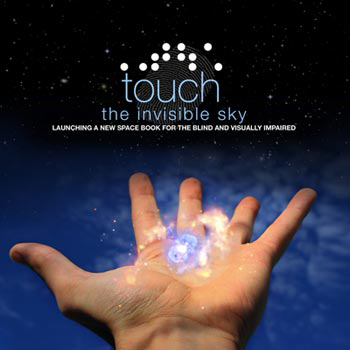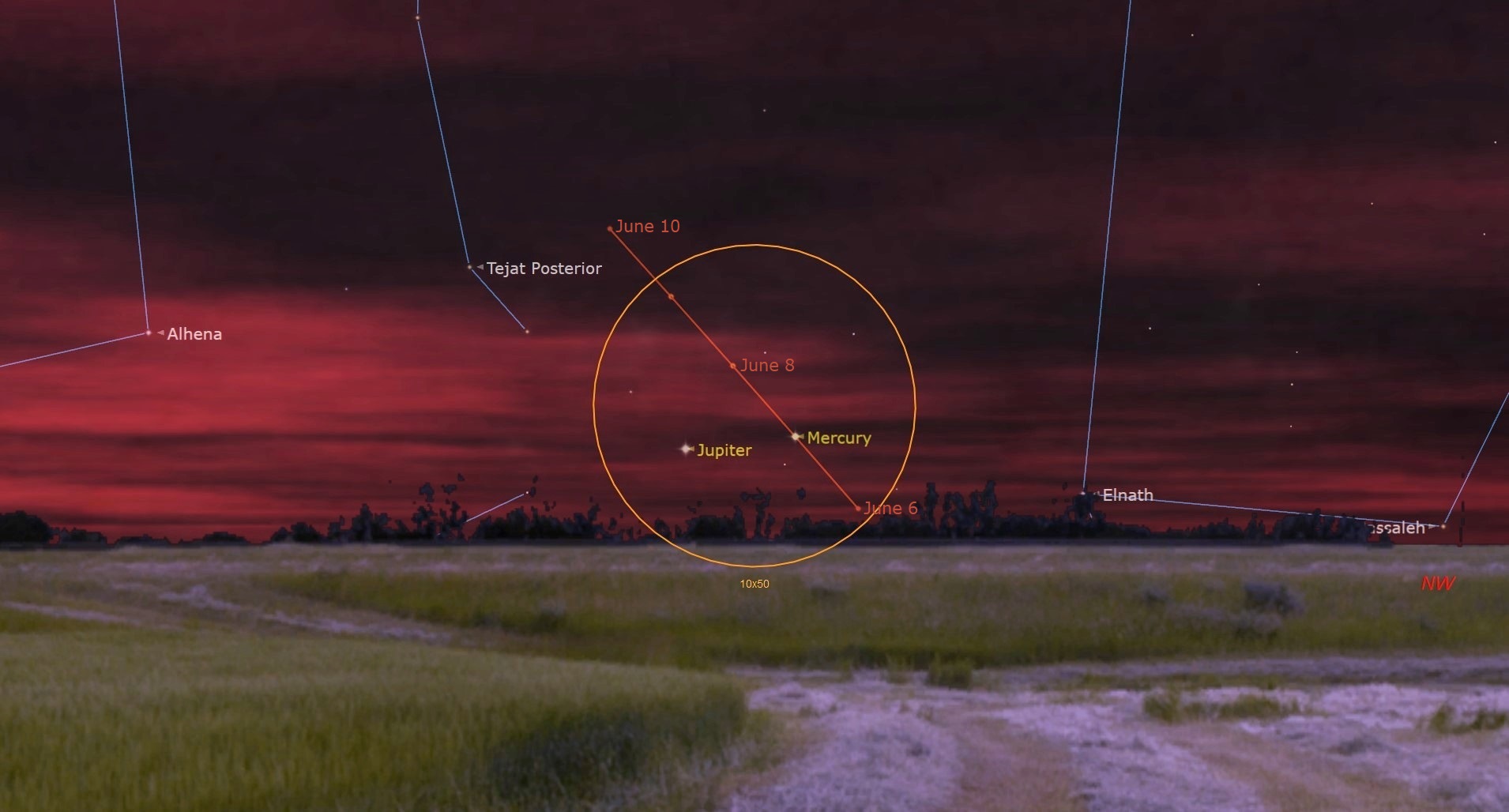There's Got to Be an Invisible Sky

A new book brings cosmic objects close enough to touch — at leastfor the fingers of the blind.
NASA this week debuted a new book that presents images from itsGreat Observatories in a new format that allows visually impaired people to experiencethem.
"About 10 million visually impaired people live in the United States," said author Noreen Grice, in a statement. "I hope this book will be a unique resource for people who are sighted or blind to better understand the part of the universe that is invisible to all of us."
"Touch the Invisible Sky" contains 60pages of color images of nebulae,stars, galaxies and a few of the telescopes used to capture the pictures. Theauthors added embossing of lines, bumps and other textures to each image,rendering colors, shapes, and other details in a third dimension. Descriptionsthat accompany each of the 28 images in the book are supplied in Braille andlarge-print text, making the information accessible to readers having differingvisual abilities.
Images included come from the Hubble Space Telescope, ChandraX-ray Observatory, Spitzer Space Telescope and ground-based telescopes. Thecelestial subjects are shown as they appear through visible-light telescopesand different spectral regions including radio, infrared, visible, ultravioletand X-ray light.
The book introduces the concept of light and the spectrum. A varietyof objects are presented to illustrate these concepts in order of increasingdistance, beginning with our sun, then traveling out into the galaxy toexploding and dying stars, the Whirlpool galaxyand colliding Antennae galaxies.
As suggested by the book's title, many of the things outside thevisible portion of the electromagnetic spectrum are "invisible" to sightedpersons. Even celestial wonders photographed by Hubble and ground-basedtelescopes using visible light can only be captured through very longexposures. Then the researchers manipulate the images further, adding color andenhancing details. The information in "Touch the Invisible Sky" may allowblind and visually impaired students to interpret information aboutthe universe as well as sighted persons.
Get the Space.com Newsletter
Breaking space news, the latest updates on rocket launches, skywatching events and more!
"Touch the Invisible Sky" was written by Noreen Grice ofYou Can Do Astronomy LLC and the Museum of Science, Boston, with Simon Steel,an astronomer with the Harvard-Smithsonian Center for Astrophysics inCambridge, Mass., and Doris Daou, an astronomer at NASA Headquarters,Washington.
The book will be available through NASA libraries, the NationalFederation of the Blind, Library of Congress repositories, schools for theblind, libraries, museums, science centers and Ozone Publishing.
- VIDEO:Chandra: A Great Observatory
- VideoPlayer: Multi-Spectral Chaos
- VIDEO:To X-Ray a Dirty Snowball & Why?
Join our Space Forums to keep talking space on the latest missions, night sky and more! And if you have a news tip, correction or comment, let us know at: community@space.com.

Space.com is the premier source of space exploration, innovation and astronomy news, chronicling (and celebrating) humanity's ongoing expansion across the final frontier. Originally founded in 1999, Space.com is, and always has been, the passion of writers and editors who are space fans and also trained journalists. Our current news team consists of Editor-in-Chief Tariq Malik; Editor Hanneke Weitering, Senior Space Writer Mike Wall; Senior Writer Meghan Bartels; Senior Writer Chelsea Gohd, Senior Writer Tereza Pultarova and Staff Writer Alexander Cox, focusing on e-commerce. Senior Producer Steve Spaleta oversees our space videos, with Diana Whitcroft as our Social Media Editor.
